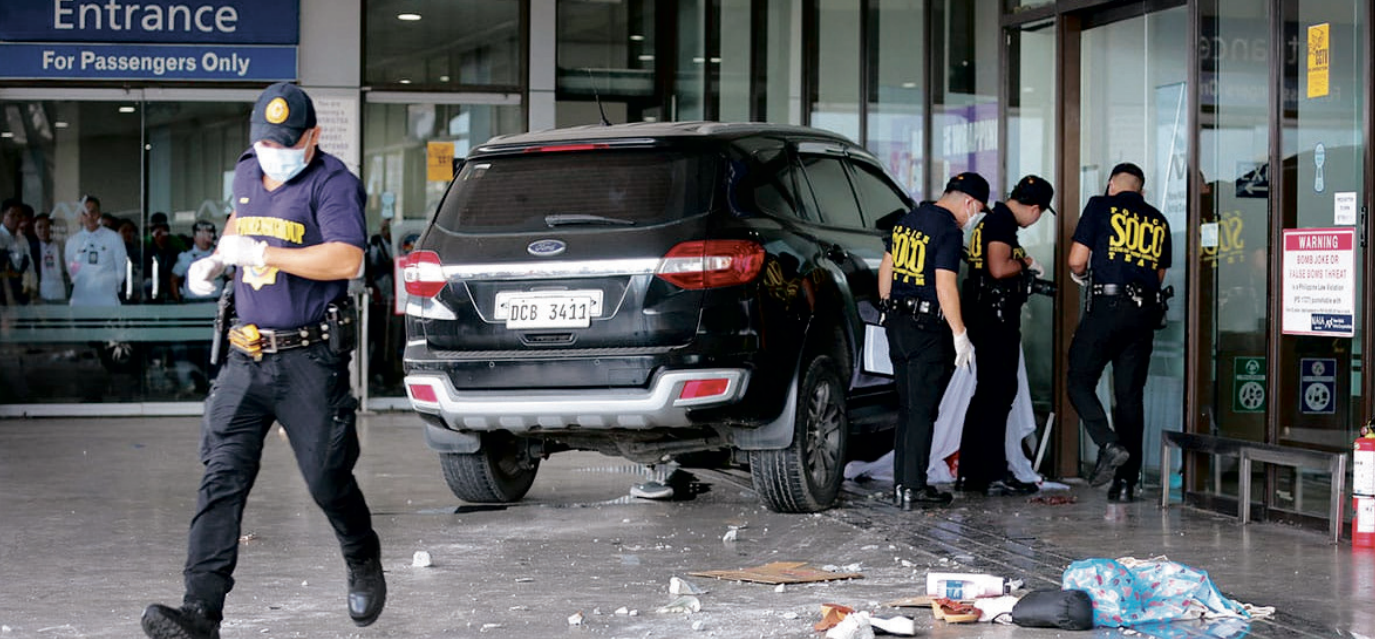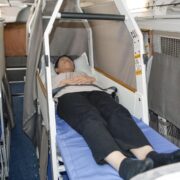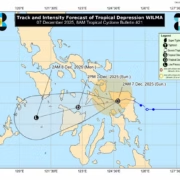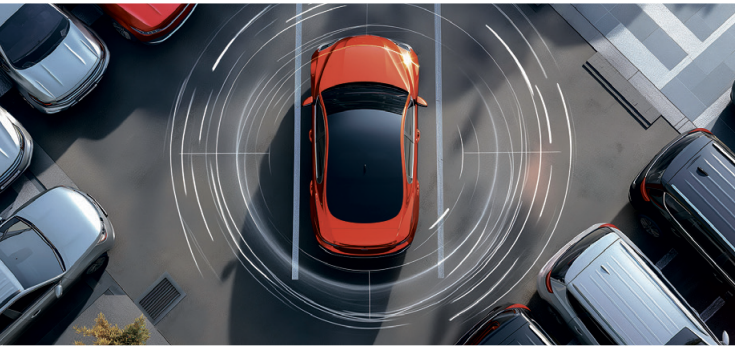LETHAL ROADS

Overseas Filipino worker Danmark Masongsong was crying in front of the Ninoy Aquino International Airport (NAIA) Terminal 1 last May 4, 2025.
But his sobs weren’t of a parent or a husband facing yet another long separation from his family – they were wails of despair and horror after learning that his 4-year-old daughter Malia and his wife, Cynthia, were among those mowed down by a black Ford Everest that gruesome Sunday morning.
His cries were part of the cacophony of agony and chaos immediately after the incident. Cynthia was rushed to the hospital with serious injuries, while Malia and 29-year-old Dearick Faustino were killed by the two-ton sport-utility vehicle (SUV).
This happened days after a Pangasinan Solid North Transit passenger bus careened into vehicles queued at the Subic-Clark-Tarlac Expressway (SCTEX) toll plaza in Tarlac City on Labor Day, leaving 10 dead and 37 injured.
In the second of our two-part series, we look at how this shocking incident at NAIA was no accident – it was a product of long-term negligence, incompetence and complacency that led a pent-up nation to fight for safer roads.
Startled?
According to police, 47-year-old driver Leo Gonzales had just dropped off a passenger in front of the NAIA Terminal 1 and was preparing to leave.
However, Gonzales claimed he was startled by a vehicle that unexpectedly crossed his path, which led him to slamming his brakes, but inadvertently flooring the accelerator. This led to him careening his Everest through the metal bollards and into the throngs of people outside.
Gonzales’ claim has since been contested after media outlets released video footage showing that no vehicle crossed his path moments before the tragedy. Following inquest proceedings, he was charged with reckless imprudence resulting in two counts of homicide, multiple physical injuries and damage to property.
“From the news reports, photos and videos posted on social media, it appears that driver error in operating the SUV is the primary cause of the crash,” lawyer and Automobile Association of the Philippines (AAP) trustee Robby Consunji told Inquirer Mobility in an exclusive interview.
“A witness said the SUV’s engine was revving a couple of times before it accelerated into the airport sidewalk,” he added. “A video shows the operation of the brake lights before the SUV took off. This tends to show that the driver shifted to Drive while the engine was revving and that the vehicle took off as soon as the brakes were released.”
However, Consunji said the incident did not look like a case of sudden unintended acceleration, which stems back to cases of Mitsubishi Montero Sport SUVs allegedly accelerating on their own.
Top killer of young people
The deaths of Malia and Faustino are the latest in a truly unfortunate reality around the world – road crashes are the number-one killers of young people aged 5 to 29 globally as of 2019, according to the World Health Organization (WHO).
Meanwhile, the 2023 WHO Global Status Report on Road Safety said around 1.19 million people were killed in road crashes worldwide in 2021 – these included 11,096 Filipinos, according to the Philippine Statistics Authority (PSA).
“The ‘Bahala Na’ culture clashes with the safety culture – it reflects the failure of road users to practice road safety precautions resulting in the tragic loss of two lives, with injuries to three pedestrians,” said Consunji. “The incident is a confluence of all the lapses and compromises of all the lapses and compromises in implementing road safety rules.”
Consunji added that there must be a greater push to teach drivers about the life-saving automated features in recently introduced cars, such as adaptive driver assistance systems.
“Many drivers will admit not knowing how to operate the features in newer vehicles, such as the automatic transmission, hill-hold control, blind-spot warning, forward-collision warning, rear-view camera, automatic emergency braking and other features,” he said.
Substandard bollards?
Meanwhile, lawyer Sophia San Luis of public-interest group ImagineLaw said we must go beyond just blaming the driver.
“We also have to consider the design of the departure drop-off points in NAIA, where vehicles are facing the sidewalk and could, therefore, potentially hit pedestrians,” she told Inquirer Mobility in an exclusive interview.
NAIA Terminal 1 had used a diagonal drop-off layout since the 1990s before private operator New NAIA Infrastructure Corporation (NNIC) switched to a parallel layout on Wednesday that ensures vehicles do not face the sidewalk.
NNIC said in a statement that it is also conducting an audit of all NAIA security bollards, which reports said were installed in 2019 for P8 million when the airport was still under government control. Years before, the United Kingdom and Australia had raised security concerns about the lack of “hostile vehicle mitigation measures” at the country’s primary international gateway.
Following a probe, the Manila International Airport Authority (MIAA) found that the bollards at Terminal 1 were not embedded deeply enough, with engineers warning that digging deeper into the sidewalk would have compromised the structural integrity of the arrival area below.
“Res ipsa loquitor – the thing speaks for itself,” said Consunji. “The incident gives rise to the presumption that there was negligence. The bollard failed to contain the SUV within the driveway.”
Enough is enough
San Luis said aside from corrupt practices that have led to poorly designed roads and easy-to-get driver’s licenses, the lack of a dedicated government office on road safety means life-saving measures are not devised until it’s too late.
“Unfortunately, we failed to capitalize on road-safety gains in the prior administration because until now, there hasn’t been much attention to road safety,” she said. “The Philippines has many road-safety laws that are not being enforced fully – this has to be the primary focus of the government task force.”
Meanwhile, Consunji said the AAP welcomes efforts to revive the Philippine Transportation Safety Board (PTSB) – President Ferdinand Marcos Jr. vetoed on July 2022, a bill that would have established the PTSB, saying that it would not only duplicate the functions of other agencies, but also cause confusion on which agency would have investigative authority.
“We need to thoroughly investigate the circumstances leading to the SUV crash in order to not repeat the mistakes,” he said.
Tears flowed once more as Danmark Masongsong and his wife laid their daughter to rest on Sunday. They represented the sorrow of a nation that, for decades and decades, has had lives cut short because of inadequate policies, subpar enforcement, and corrupt practices.
And for the 12 people killed in the span of one week on our roads in what is ironically International Road Safety Month, our collective wrath stands not only as our battle-cry for accountability and competence, but also as our way of remembering that their deaths were not “just another bunch of accidents.”





















